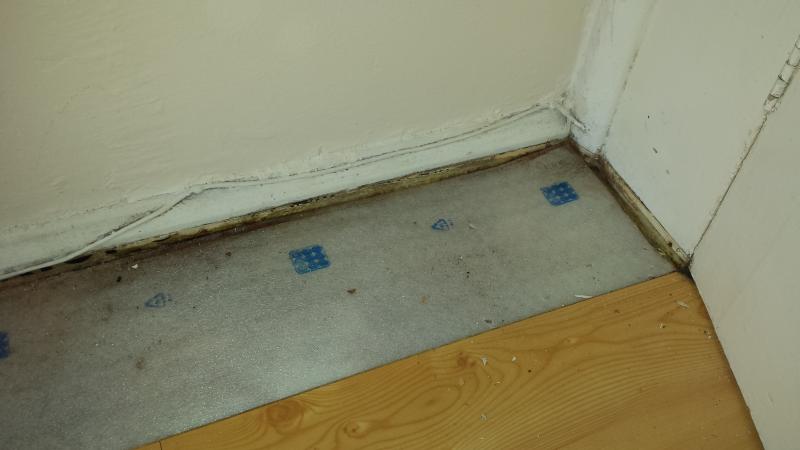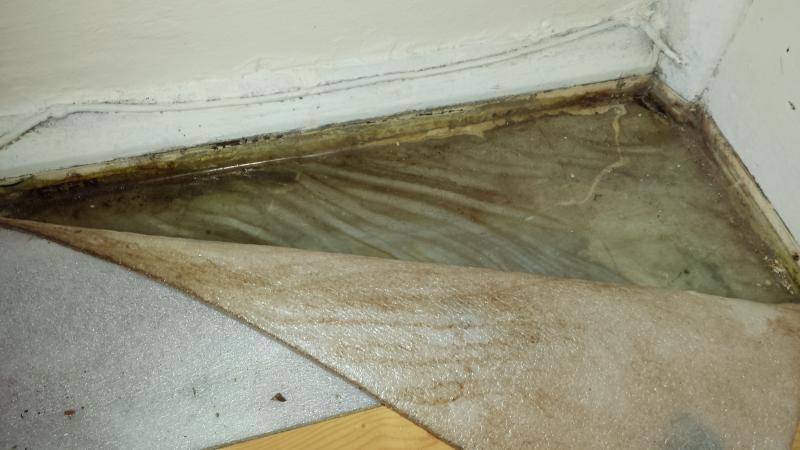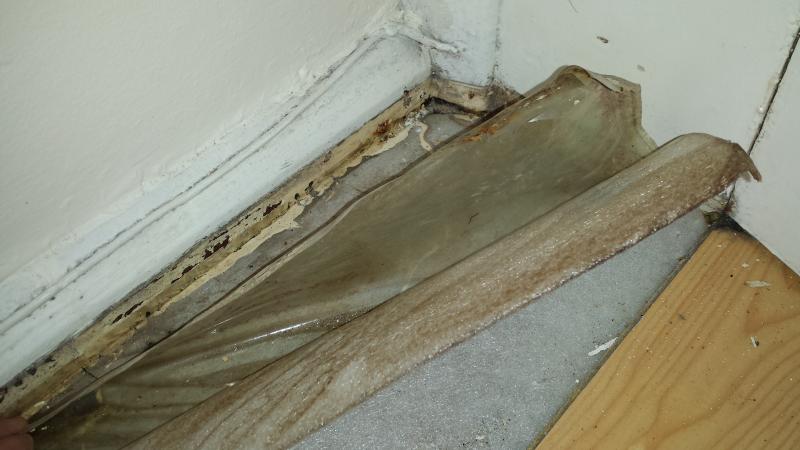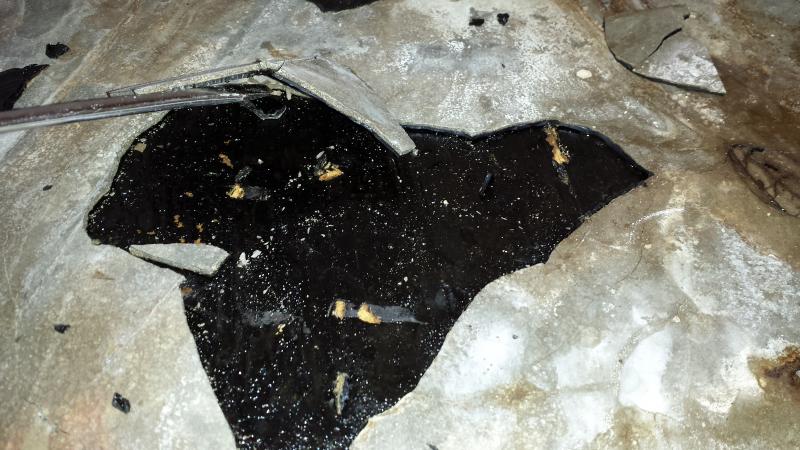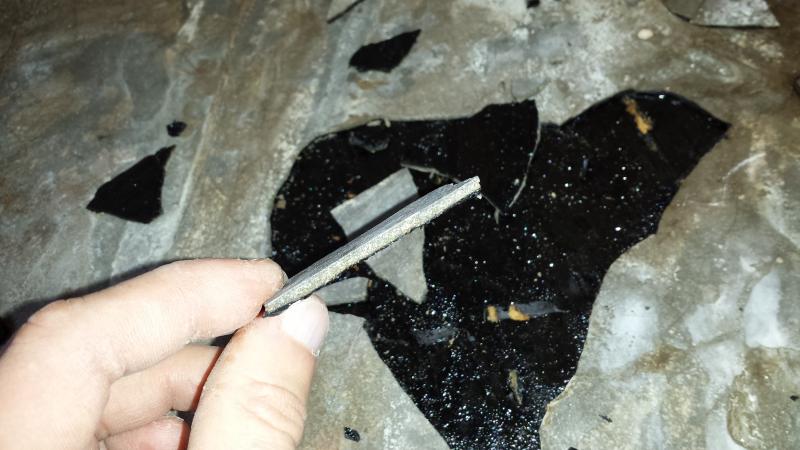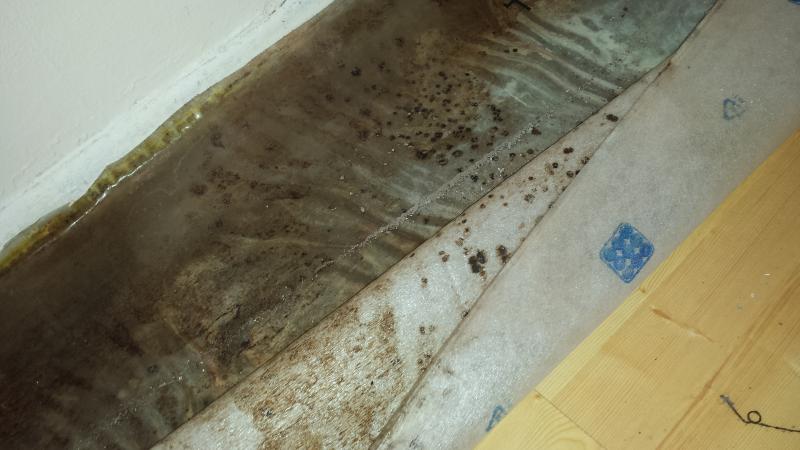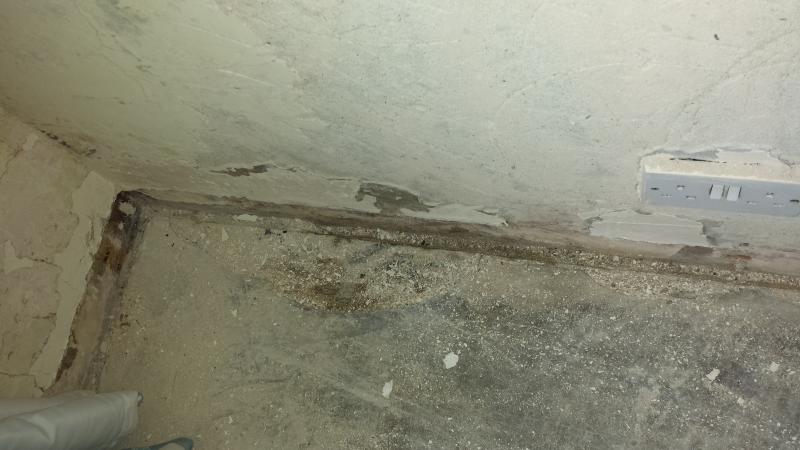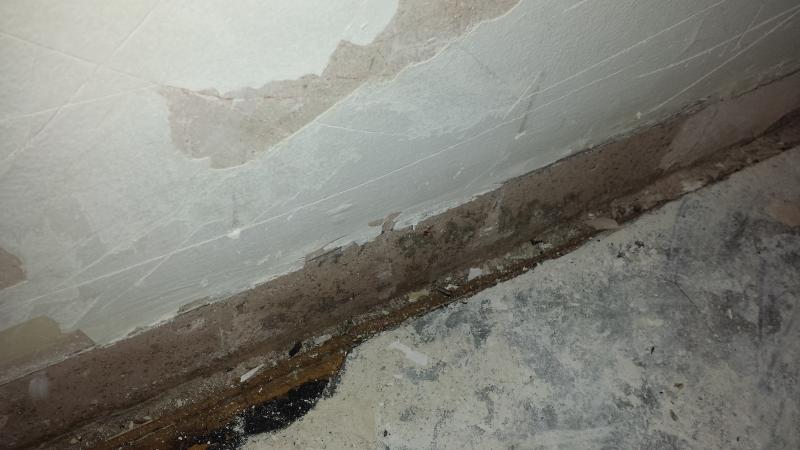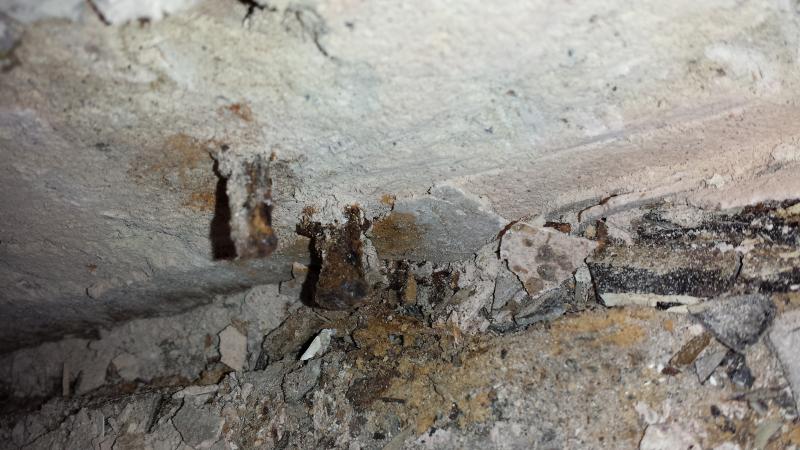I have recently bought a ground floor flat that appears to have a damp problem (I knew there was a damp issue prior to purchase and managed to negotiate a discount).
I've had a damp surveyor look at it and on initial inspection it appeared to be rising damp, but on closer inspection it seems that it could actually be the laminate flooring that is causing the damp problem. The flat is a 1950s build two bedroom ground floor flat, there is no evidence that either the damp proof course in the walls has failed or that the damp proof membrane under concrete floor has failed.
The damp surveyor has identified the laminate flooring as a possible cause. The underlay of the laminate flooring includes a thin plastic sheet that covers the concrete floor right up to the skirting. The damp is all in the lower part of the walls (the first couple of feet) and is particularly bad in the skirting boards (some of which have completely rotted).
The surveyor believes the air under this plastic sheet is condensing and the resulting moisture has nowhere to go except to the edge of the plastic sheet, where it meets the skirting. It is then seeping into the skirting and into the walls.
My question is, how should laminate floor be properly laid over a concrete floor to protect the laminate from this kind of moisture, but to avoid simply transferring the problem to the skirting and the walls?
We are thinking about replacing the laminate (that looks like it has been done cheaply - the previous owner was a buy-to-let landlord) with carpet. Should we avoid using any water resistant underlay to allow the air to circulate and avoid trapping moisture?
Any thoughts or suggestions greatly appreciated.
I've had a damp surveyor look at it and on initial inspection it appeared to be rising damp, but on closer inspection it seems that it could actually be the laminate flooring that is causing the damp problem. The flat is a 1950s build two bedroom ground floor flat, there is no evidence that either the damp proof course in the walls has failed or that the damp proof membrane under concrete floor has failed.
The damp surveyor has identified the laminate flooring as a possible cause. The underlay of the laminate flooring includes a thin plastic sheet that covers the concrete floor right up to the skirting. The damp is all in the lower part of the walls (the first couple of feet) and is particularly bad in the skirting boards (some of which have completely rotted).
The surveyor believes the air under this plastic sheet is condensing and the resulting moisture has nowhere to go except to the edge of the plastic sheet, where it meets the skirting. It is then seeping into the skirting and into the walls.
My question is, how should laminate floor be properly laid over a concrete floor to protect the laminate from this kind of moisture, but to avoid simply transferring the problem to the skirting and the walls?
We are thinking about replacing the laminate (that looks like it has been done cheaply - the previous owner was a buy-to-let landlord) with carpet. Should we avoid using any water resistant underlay to allow the air to circulate and avoid trapping moisture?
Any thoughts or suggestions greatly appreciated.


